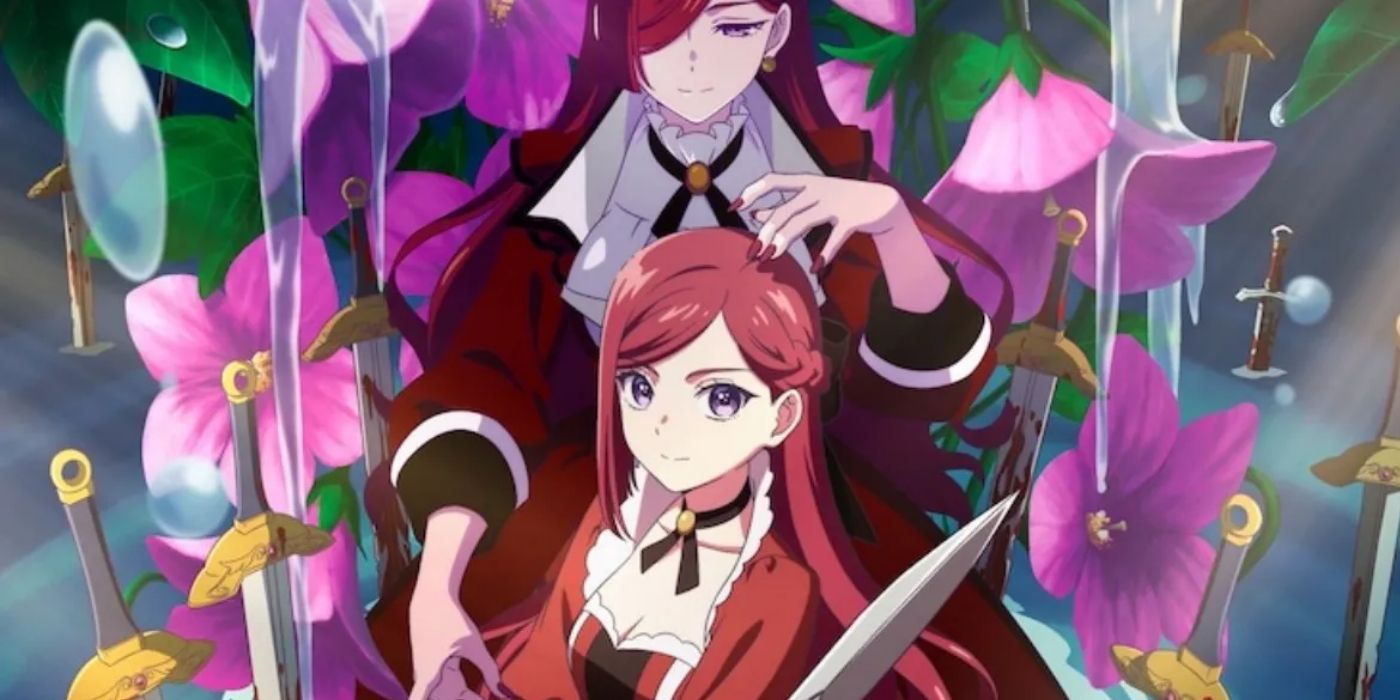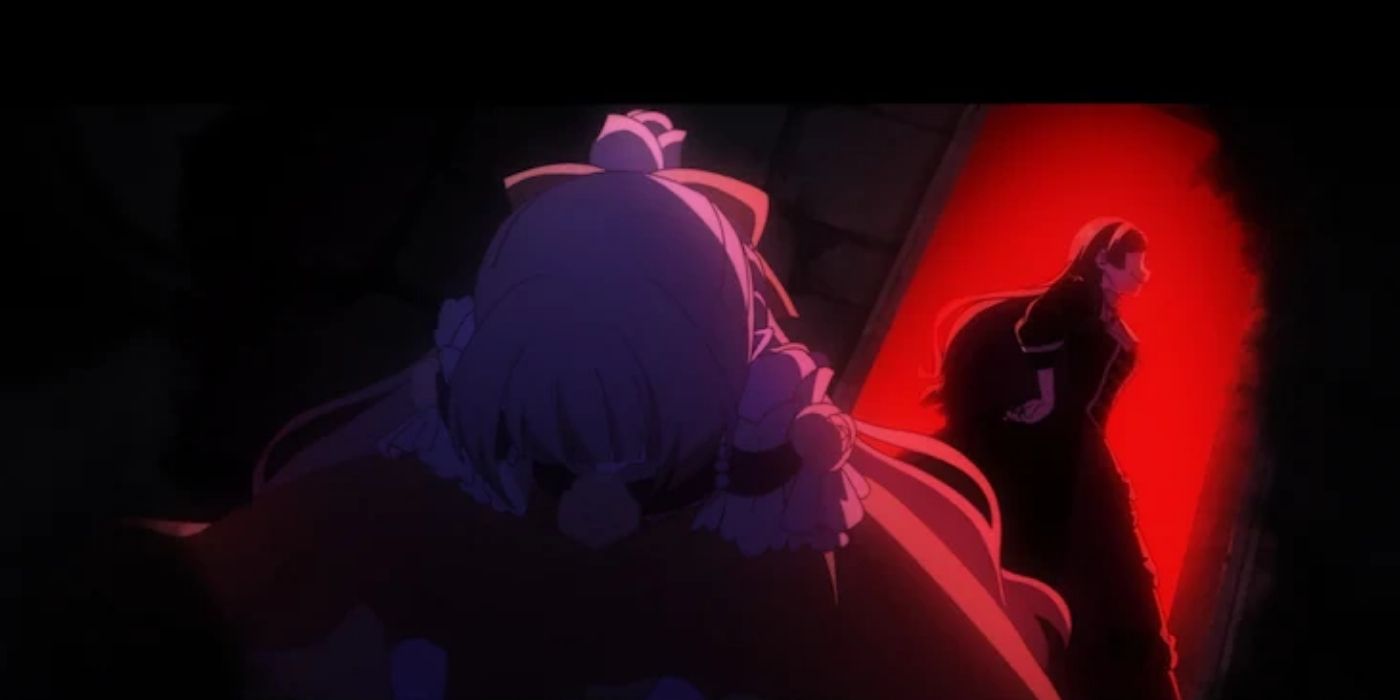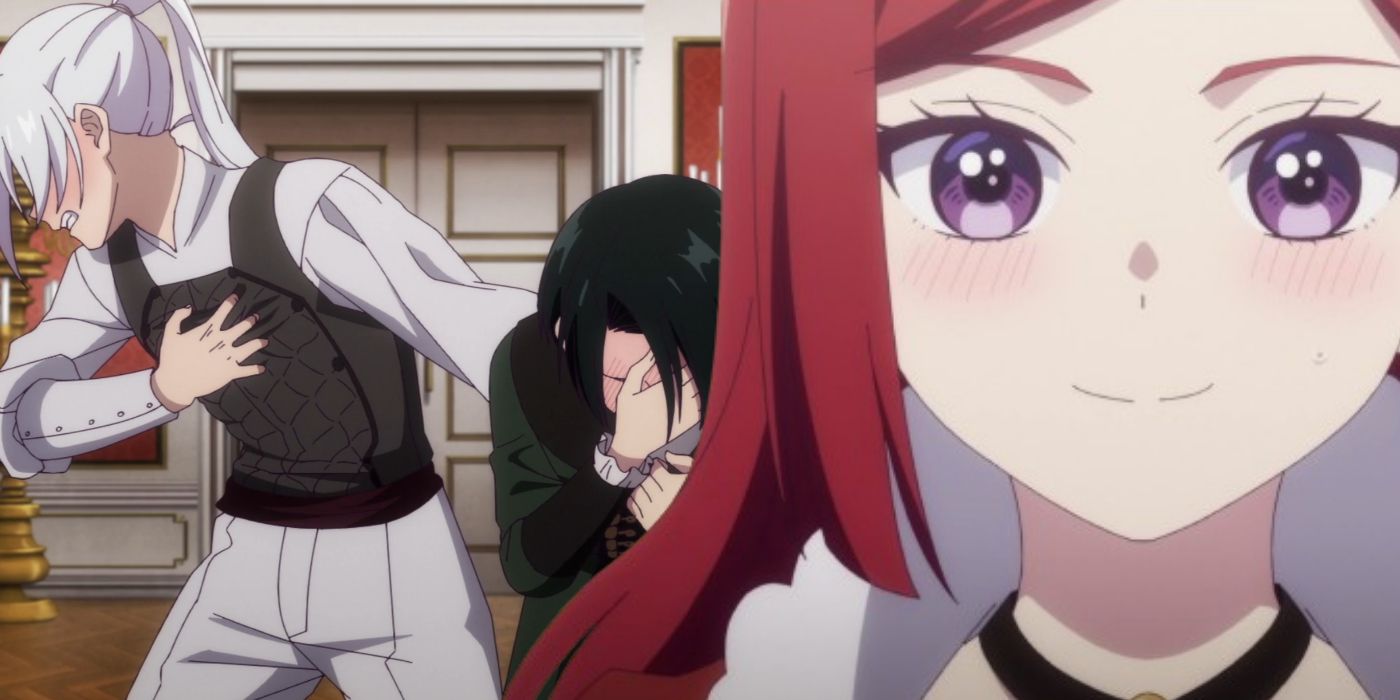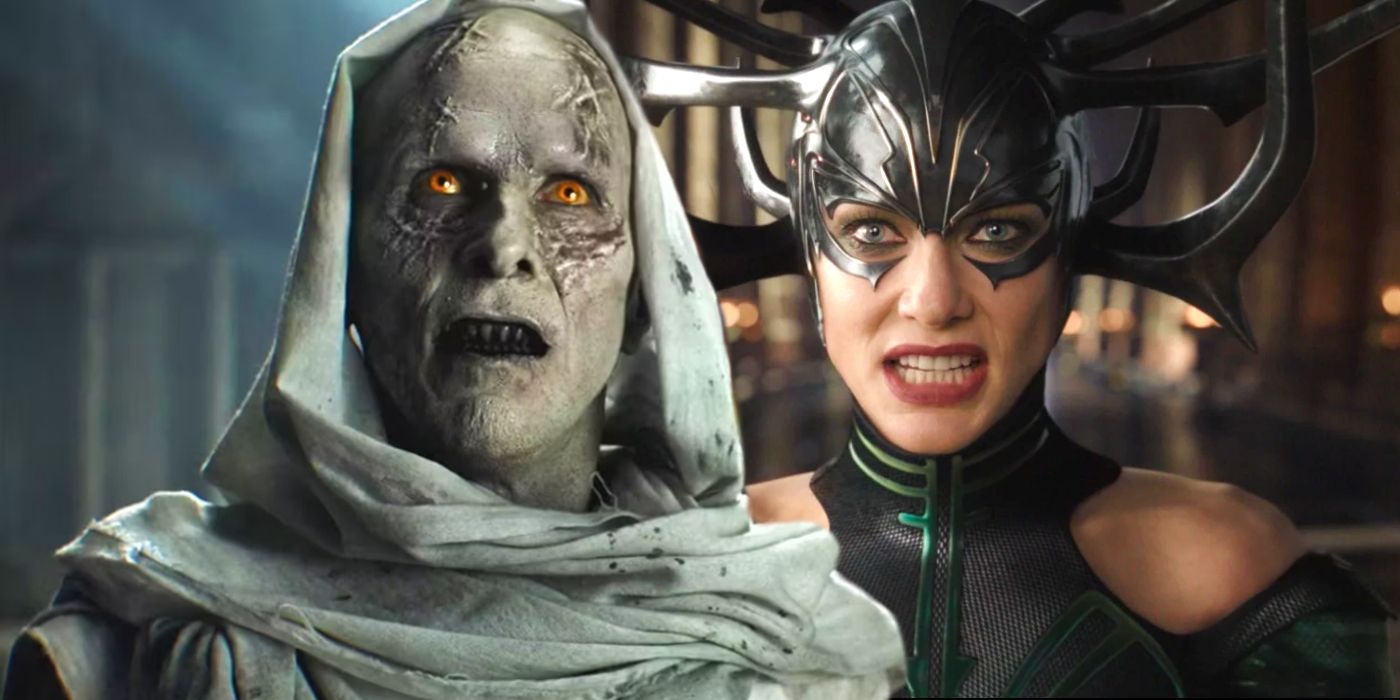The eponymous reincarnated villainess Pride Royal Ivy in the completed first season of HIDIVE’s Most Heretical Last Boss Queen: From Villainess to Savior pursues the exact opposite of what most protagonists take within the isekai genre. So, even though she treats various characters just like her reborn villainess counterparts do in other series, the results are much grander in scale by comparison for incredible effect.
In popular series like I’m the Villainess So I’m Taming the Final Boss and My Next Life As A Villainess, the protagonist, who’s reborn as the villainess in an otome game or romance novel, normally tries to avoid the same tragic fate that their original character always faces, whether it be death or exile. This usually results in these main characters completely removing themselves from positions of power or pursuing very specific goals that have much lower implications. The latter trend is more likely if the villainess’ status is contingent on a very advantageous engagement that gets annulled.

None of this happens to Pride Royal Ivy in HIDIVE’s adaptation of Tenichi’s original light novel series, The Final Boss, the Ultimate Villain and the Cause of the Tragedy, Is the Queen Who Does Everything for Her People.
A Villainess Who Wisely Realizes There Are Much Worse Things Than Death
Produced by OLM

Pride is a princess who unprecedentedly embraces her original royal status after getting reincarnated and is much more traumatized by the actions that her character would have normally taken in the game than by her dying. In fact, Pride makes multiple decisions throughout the first season that she is aware could increase the likelihood of her death. And because she is in a position of power, every action she takes creates a massive rippling effect that permeates her entire kingdom, unlike in other villainess isekai.
Pride is driven by an intense desire to do right by the people she rules, especially the ones she would have wronged if she never reincarnated. In the case of a character named Arthur, what she realizes will be best for him would actually closely follow one specific timeline from the game that results in her death should he follow it. Pride is so badly haunted by how the original Pride manipulates Arthur that she gives him her royal blessing to follow this path at the detriment of her own life.
Pride’s actions are also influenced by a tragic belief that she’s caught in some deterministic timeline that will inevitably result in her reverting back to the original Pride, so she puts many contingency plans in place that will hopefully kill her when that eventually comes to pass. Ironically, it is her pursuit thereof that spurs her subjects and closest friends to become utterly devoted to her cause and her continued protection, which will naturally complicate these contingencies. More importantly, her subjects’ vows end up strengthening Pride’s kingdom.

Of course, this anime adaptation still conforms to many of isekai villainess’ many tropes. In fact, the loyalty that Pride’s kindness earns from her closest friends also has a very similar effect on them as the protagonist’s companions experience in My Next Life As A Villainess. Regardless, even though some critics might say that the changes HIDIVE’s Most Heretical Last Boss Queen: From Villainess to Savior make are too minuscule, it’s impossible to deny that the choices Pride makes have a larger effect on her world than most.
Watch Now On HIDIVE




